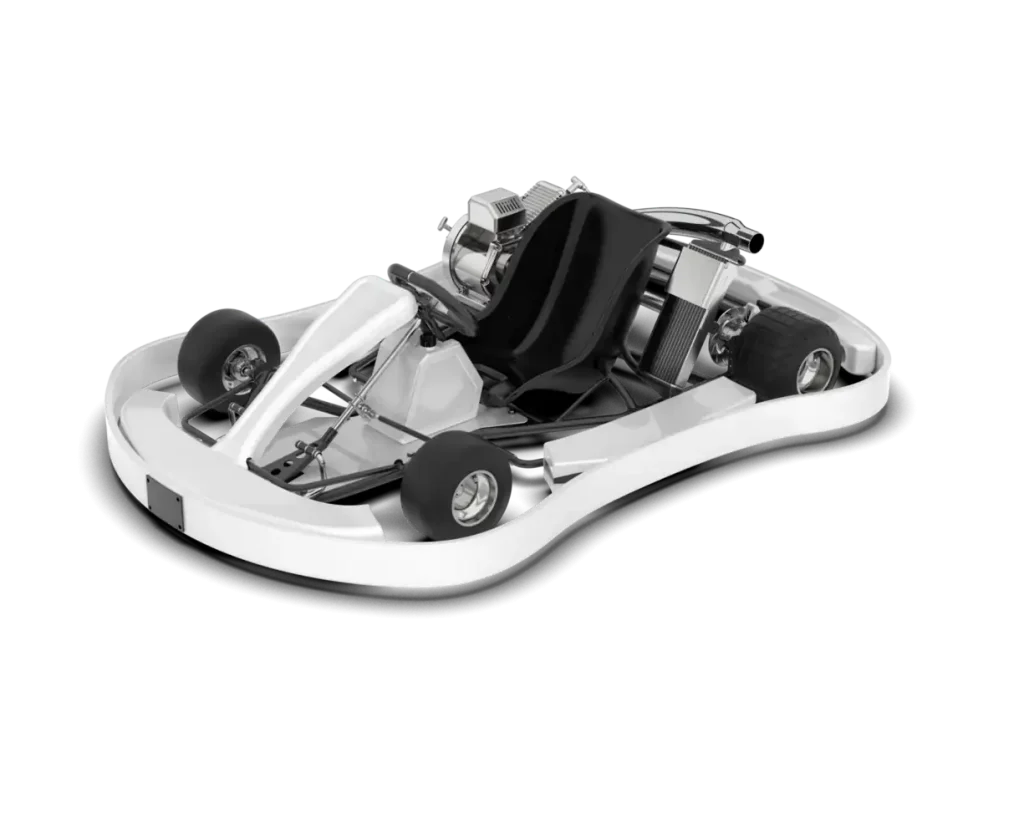Mastering Your Kart Setup Guide: The Ultimate Path to Faster Laps
Welcome to the ultimate kart setup guide, where precision meets performance. Whether you’re a weekend warrior or an aspiring karting champion, dialing in your kart’s configuration can be the difference between winning and watching from the sidelines. This comprehensive guide will walk you through every aspect of setting up your kart—from chassis tweaks and tire choices to weight distribution and suspension settings. You’ll learn actionable tips, real-world examples, and insider strategies to optimize your machine for the track ahead. Get ready to unlock hidden speed, build confidence in every corner, and dominate the competition with a finely tuned kart that responds to your every input.
Understanding the Basics of Kart Setup
A solid foundation starts with grasping how each component of your kart interacts. The chassis, tires, seat position, and weight distribution form the core of your setup. Small adjustments can cause big changes in handling, so it’s crucial to understand the basics before diving into advanced tuning. With this knowledge, you’ll be better equipped to diagnose issues like understeer or oversteer and make informed decisions to enhance grip and stability.
Chassis Adjustment
Your kart’s chassis flexes under load, influencing how the tires contact the track surface. Adjusting chassis stiffness can help you adapt to varying track conditions. A stiffer chassis often improves responsiveness on smooth asphalt, while a softer setup can provide more compliance on bumpy or uneven surfaces. Remember to make incremental changes—small shifts in chassis rails can drastically affect handling.
Seat Position and Ergonomics
Seat placement alters your center of gravity and weight balance. Sliding forward or backward by just a few centimeters can change how the kart enters and exits corners. Aim for a comfortable position that allows full control without sacrificing agility. Proper ergonomics will also reduce driver fatigue, letting you maintain peak performance for longer stints on the track.
Weight Distribution
Effective weight distribution enhances traction and stability. Many racers add varying ballast to fine-tune front-to-rear and side-to-side balance. A forward-heavy setup improves front-end grip in tight hairpins, while more rear bias can boost traction on exits. Use scales after practice runs to track weight shifts and make data-driven adjustments.
Key Components to Optimize
Each part of your kart plays a role in performance. Understanding how to optimize tires, brakes, and steering will help you craft a setup that works for both driver and track. Below, we dive into the most critical components and how to adjust them for maximum benefit.
Tire Selection and Pressure
Tires are your only contact point with the track, making them the most influential factor in grip and handling. Choose compounds based on temperature and surface abrasiveness. Softer tires offer more grip but wear out faster, while harder compounds last longer but may lack traction.
Soft vs. Hard Compounds
- Soft: Excellent initial grip, ideal for short sprint races.
- Hard: Durable over longer distances, better for endurance events.
Optimal Pressure Ranges
- Front tires: 10–12 psi for enhanced cornering response.
- Rear tires: 8–10 psi to maintain consistent traction.
Brake Balance
Fine-tuning brake bias can prevent lock-ups and improve rotation entering corners. More front bias helps with initial turn-in, whereas rear bias can stabilize the kart mid-corner. Use incremental adjustments and test on low-traffic practice laps to avoid surprises during competition.
Steering Geometry
Align your steering rack and tie rods for neutral handling. Toe-in or toe-out settings influence how quickly the kart reacts to driver inputs. A slight toe-in on the front axle can boost high-speed stability, while toe-out aids responsiveness in technical sections.
Actionable Tips for a Perfect Kart Setup
Now that you understand the core elements, let’s get hands-on. These actionable tips will help you refine your kart setup guide and translate theory into on-track performance gains.
-
Start with a Baseline
Keep a setup notebook and track initial settings. Record tire pressures, chassis spacers, and weight distribution before any change. This baseline helps you revert to known configurations if new tweaks prove ineffective.
-
One Change at a Time
Focus on a single variable—like tire pressure or chassis stiffness—during each session. This approach prevents confusion and makes it easier to identify what works.
-
Use Data Logging
Invest in a simple data logger or lap timer. Cross-reference lap times with video footage to see how each adjustment impacts speed and consistency.
-
Adapt to Track Conditions
Wet versus dry, smooth versus rough—track surfaces evolve throughout the day. Be prepared to revisit your kart setup guide in every practice session and make minor tweaks as temperatures rise or fall.
-
Consult with Experts
Don’t hesitate to ask your mechanic or fellow racers for feedback. Experienced drivers can often pinpoint setup flaws in minutes.
Real-World Examples and Case Studies
Learning from actual races can accelerate your setup knowledge. Below are two mini-case studies showcasing successful kart tuning strategies.
Case Study 1: The Tight Circuit Triumph
Racer A struggled with understeer on a twisty 800-meter track. By moving 3 kg from the rear to the front and raising front tire pressures from 10 to 11 psi, they achieved quicker turn-in and shaved 0.2 seconds off each lap. The kart felt more balanced, and Racer A improved from 5th to 2nd place in the final heat.
Case Study 2: Endurance Race Consistency
Team B faced tire degradation during a 30-minute endurance race. Switching to a harder compound and reducing rear pressures by 1 psi minimized wear. The kart’s lap times remained stable for the final 15 minutes, allowing Team B to capitalize on others’ fading performance and secure a podium finish.
Common Challenges and How to Overcome Them
Every racer encounters hurdles when dialing in a kart setup. Below are common issues and practical solutions to keep you on the fast track.
- Chassis Over-Flexing: If the kart feels mushy, add chassis spacers or tighten rails to increase rigidity.
- Front-End Washout: Reduce front tire pressures slightly or move weight forward to maintain grip at entry.
- Spinning on Exit: Increase rear tire pressure or shift ballast rearward to improve traction.
- Uneven Tire Wear: Check alignment settings and ensure weight distribution isn’t favoring one side excessively.
Ready to Ignite Your Karting Performance?
Armed with this kart setup guide, you now have the tools to optimize your machine for any track condition. Remember to keep detailed notes, make single-variable adjustments, and learn from both data and experience. Want even more in-depth strategies and personalized coaching? Join our karting community and unlock exclusive setup sheets, video tutorials, and one-on-one guidance from professional drivers. It’s time to turn practice into podiums—your next win is just a setup away!

